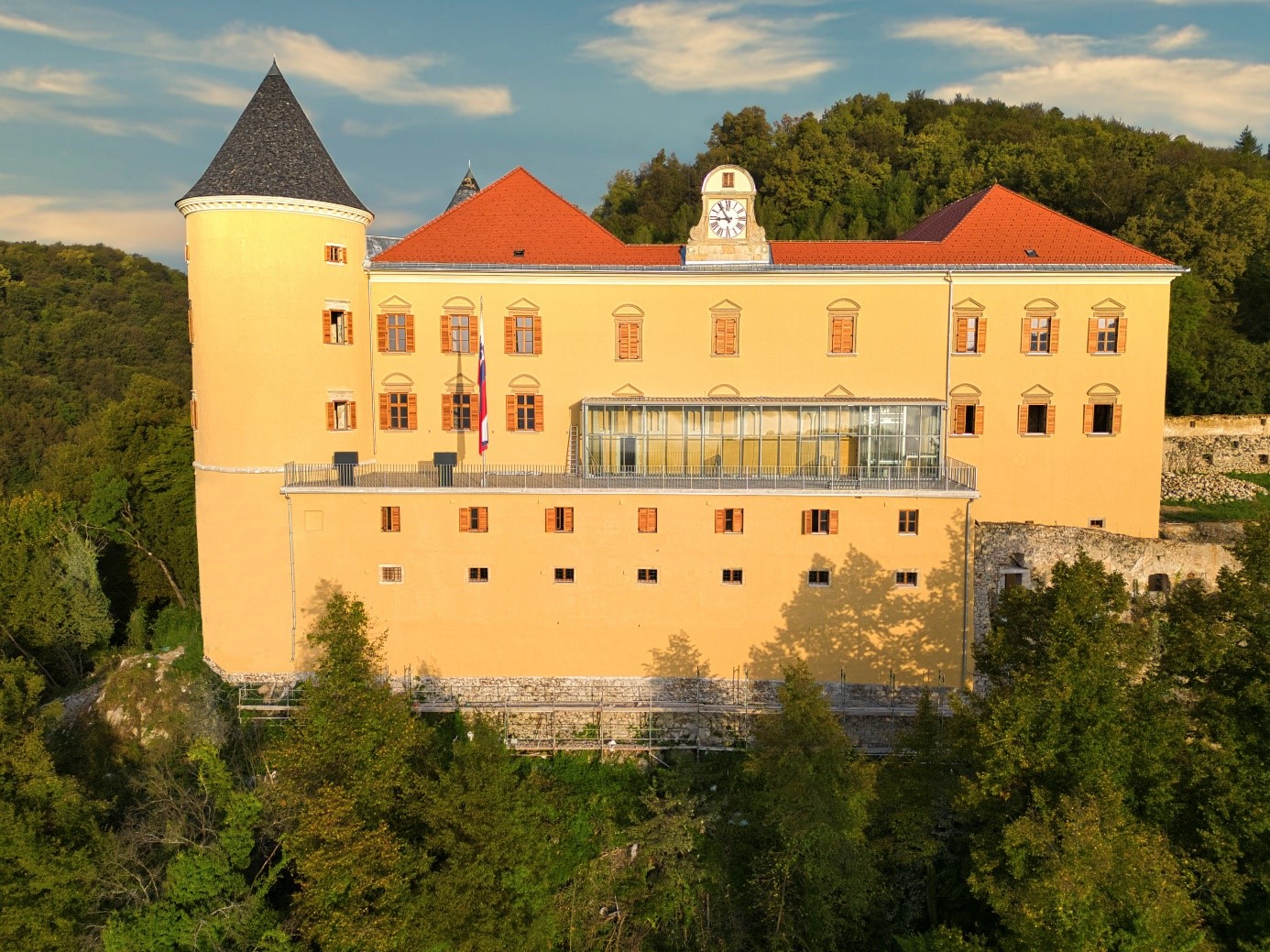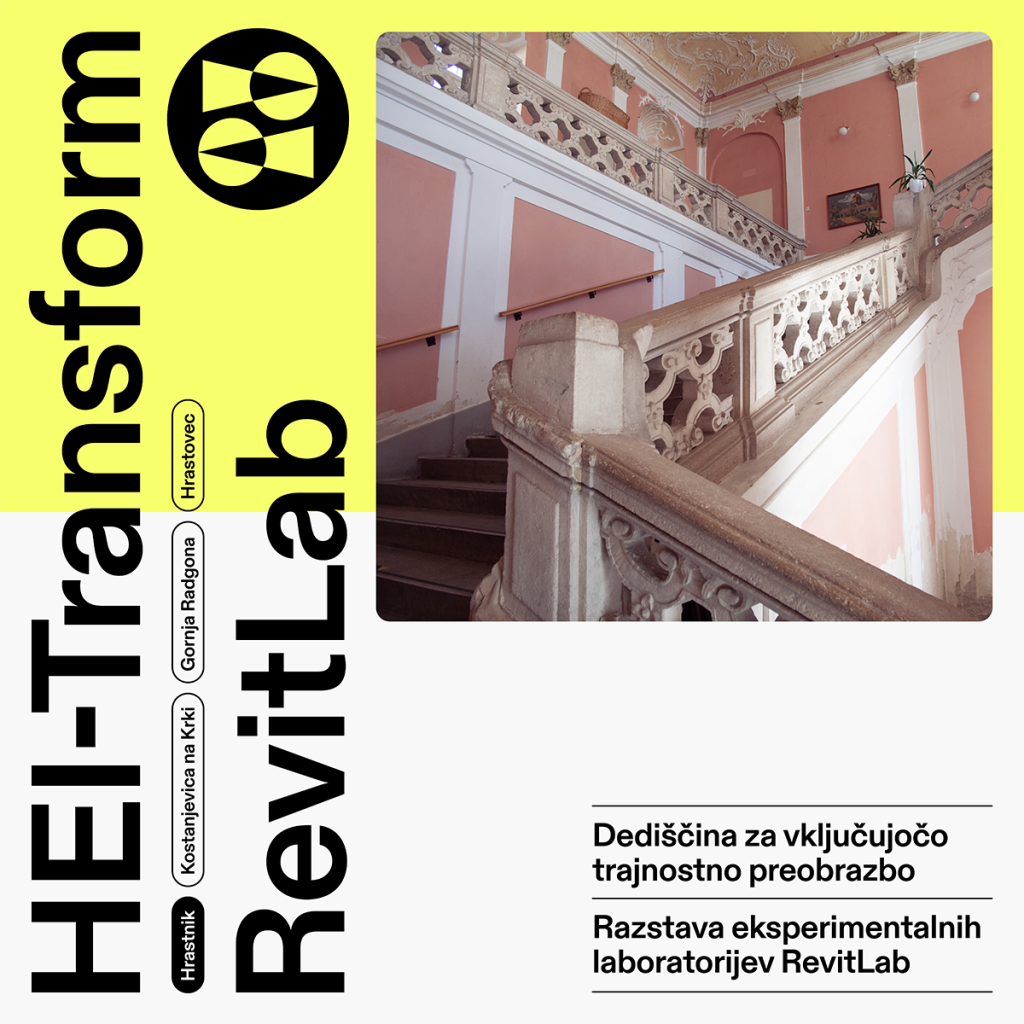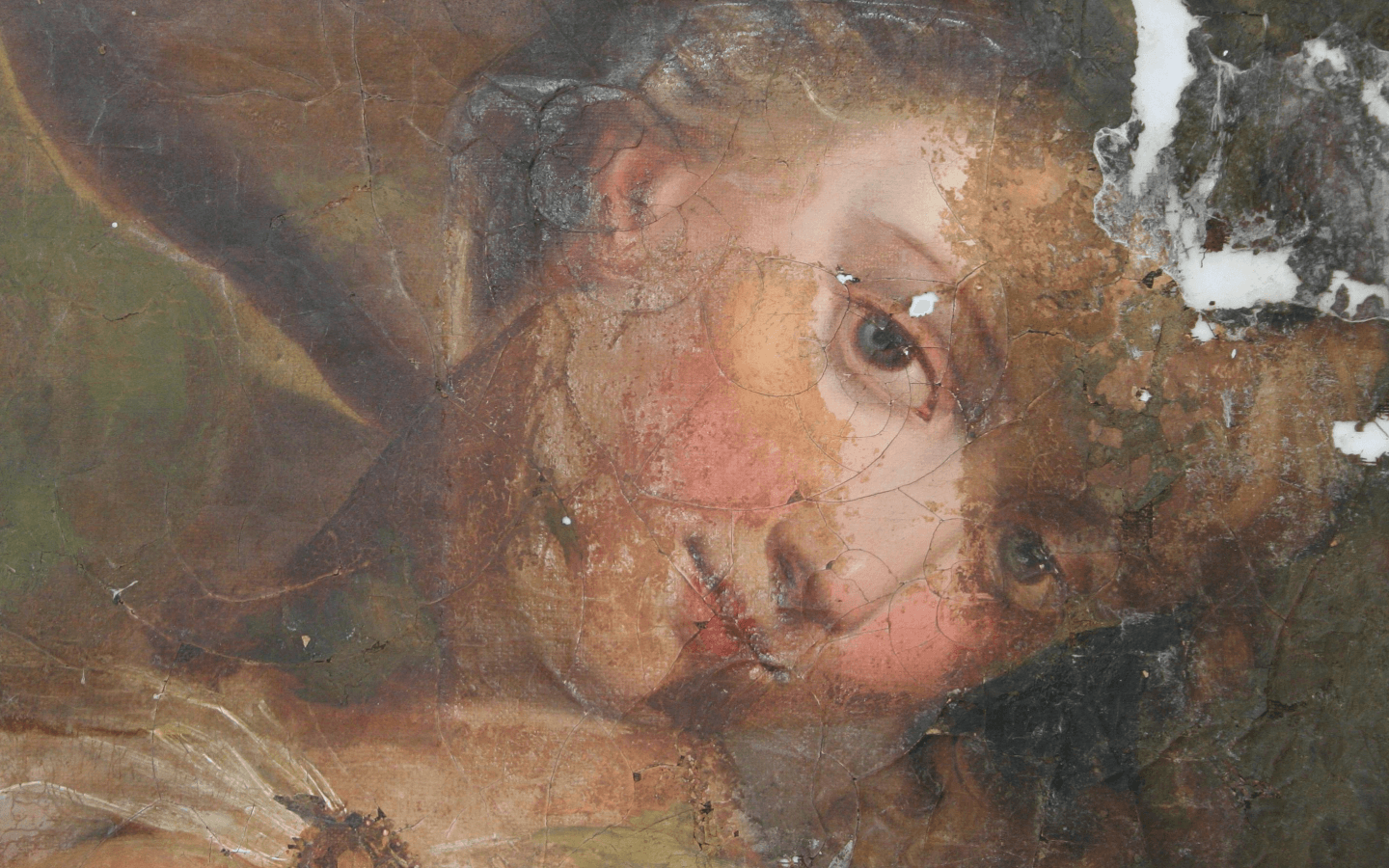The Servite Monastery is the only monument of national importance in the historic centre of Koper. Since 2010, the University of Primorska has taken over the management of the building, and in 2020 it has started a thorough renovation, which is being carried out hand in hand with the archaeologists of the CPA ZVKDS.
Text: dr. Tomaž Fabec


The Servite Monastery is the only monument of national importance in the historic centre of Koper. Since 2010, the University of Primorska has taken over the management of the building and in 2020 started a thorough renovation, which is being carried out hand in hand with the archaeologists of the CPA ZVKDS. The archaeological excavations in 2024 have expanded the insight into the picture of the development of the site, which was already outlined in the basic lines by the surveys in 2011 and 2022 (Kavur 2011; Nanut et al.The representativeness of the Early Imperial seaside villa, which was already demonstrated by the discovery of the stone mosaic pavement during the 2011 survey, was confirmed by the results of this survey, but the extent and very good preservation of the mosaic pavement was surprising (Figure 1).At least three other rooms of the villa were discovered, decorated with white mosaic floors with black borders along the walls and brightly coloured plasterwork, along with a variety of small materials, such as pieces of decorative slabs of red and white marble, reflecting the aesthetic richness of the local architecture. We do not know the reasons for its abandonment, but the fine material suggests that it was abandoned before the Late Roman period.
Settlement in late antiquity and the early medieval period is shown by rare small finds, such as a beautifully preserved Byzantine belt buckle from the 2nd half of the 7th century (Figure 2); it is a tempting hypothesis, which will have to be verified by radiocarbon dating, that the oldest graves discovered both inside and outside the monastery date back to the beginning of the second half of the first millennium AD.These are a small number of skeletal burials, where the deceased were placed in the burial pit on their backs, with their arms outstretched by their bodies (Figure 3). Sandstones or, more rarely, pieces of Roman bricks were placed around the corpses on the cave walls, in some cases forming wreaths. If the proposed dating of the graves were confirmed, these graves would represent an exceptional research potential for the demographic substrate of Koper.
The lack of time-sensitive material also limits the temporal definition of the younger burial site, which is tentatively placed in the Late Middle-New Age. The deceased were placed in burial pits, but no accessories were placed, and only in rare cases did the deceased wear modest jewellery. The cemetery was fenced off this time, separated from the place of the living. The apse, discovered in 2022, which, at least hypothetically, could have belonged to the church of St Martin, does not seem to have conditioned the orientation of the skeletons, most of which had their heads to the north or west.
The youngest phase is characterised by the construction of buildings and other architecture, such as the shterna, which is mostly still standing and serving its function today. The archaeological stratigraphy proves beyond doubt that all the walls of the monastery are younger than the cemetery and mark a caesura in the use of the area. Burials must have continued only in the cloister, where several common tombs have been discovered (Figure 5).
The youngest phase is characterised by the construction of buildings and other architecture, such as the shterna, which is mostly still standing and serving its function today. The archaeological stratigraphy proves beyond doubt that all the walls of the monastery are younger than the cemetery and mark a caesura in the use of the area. Burials must have continued only in the cloister, where several common tombs have been discovered (Fig. 5).












